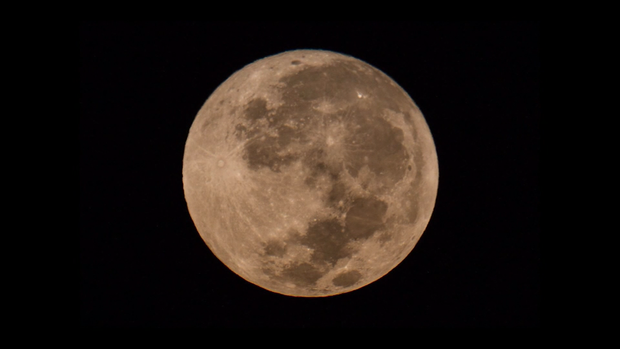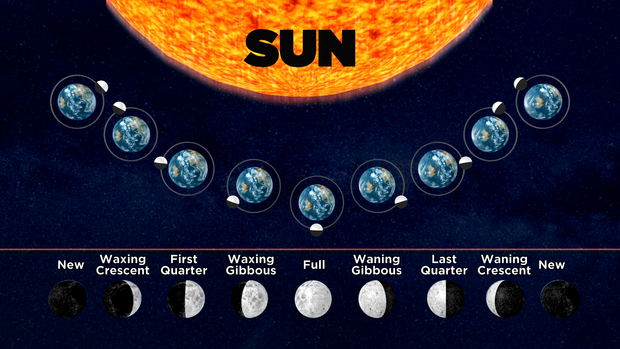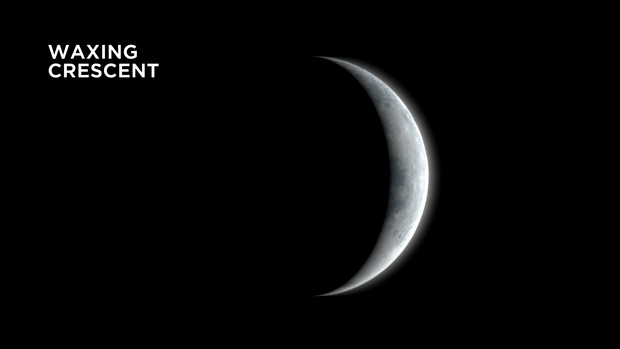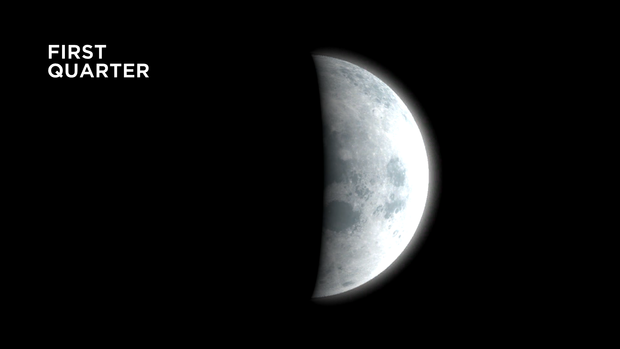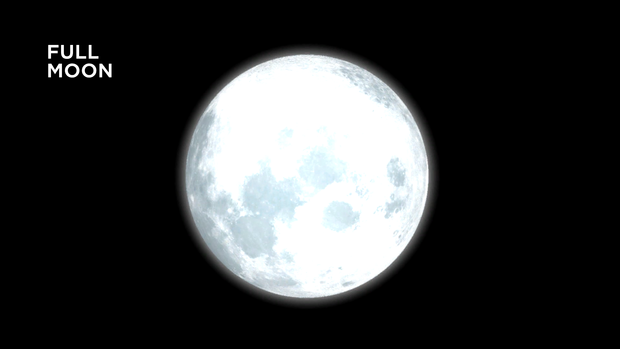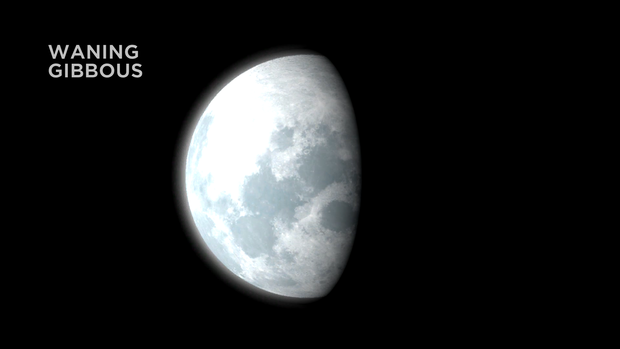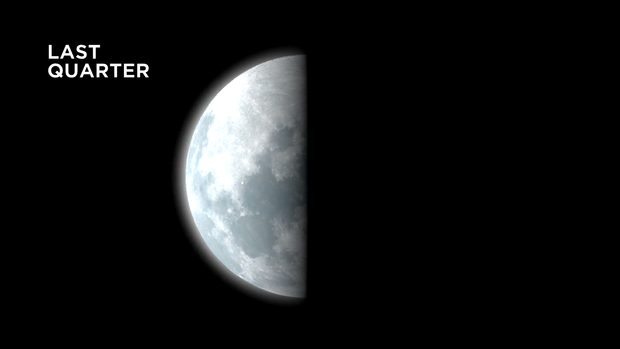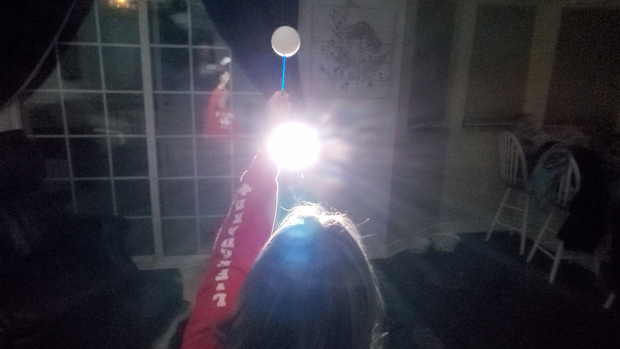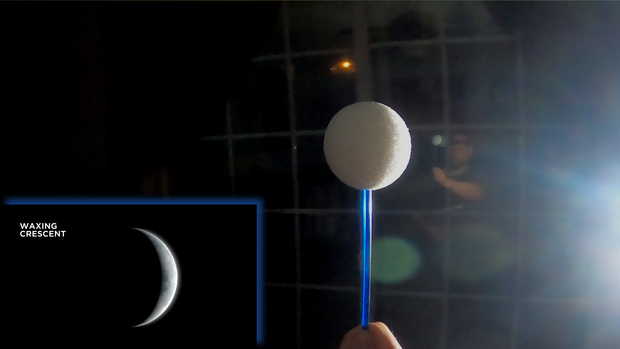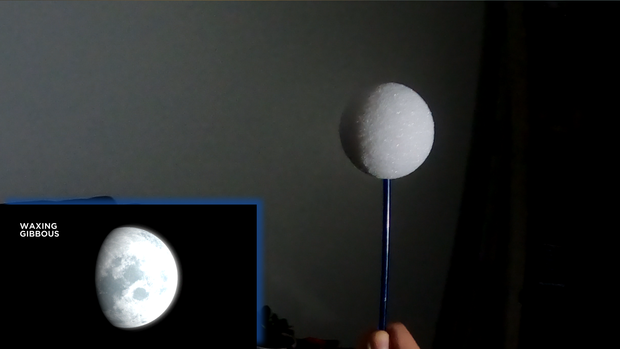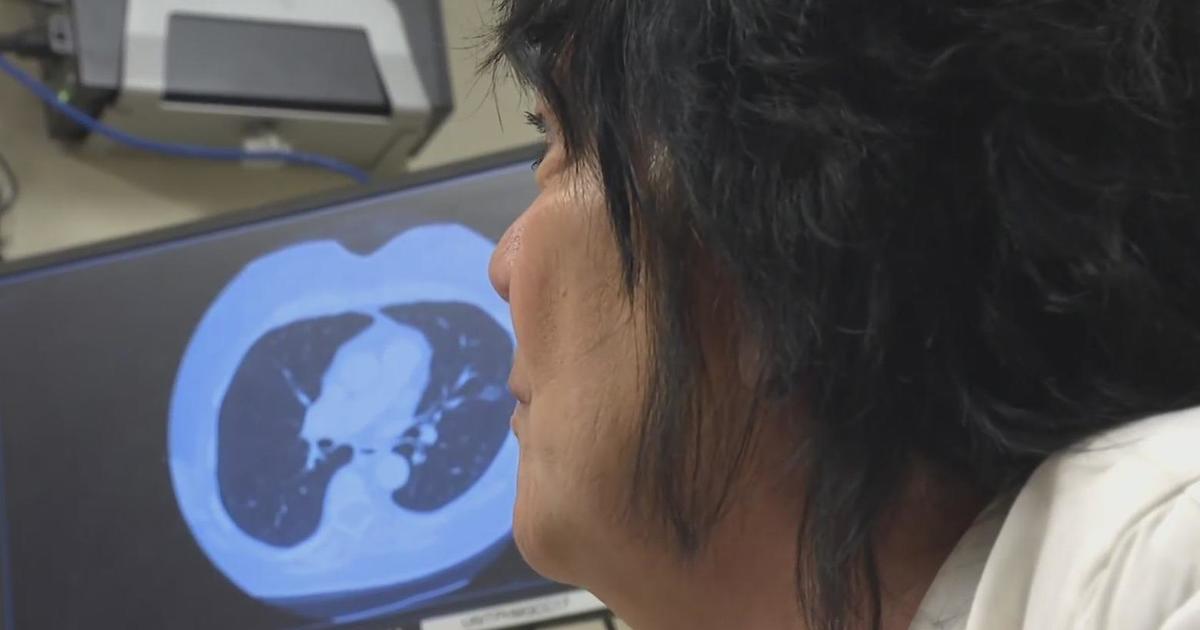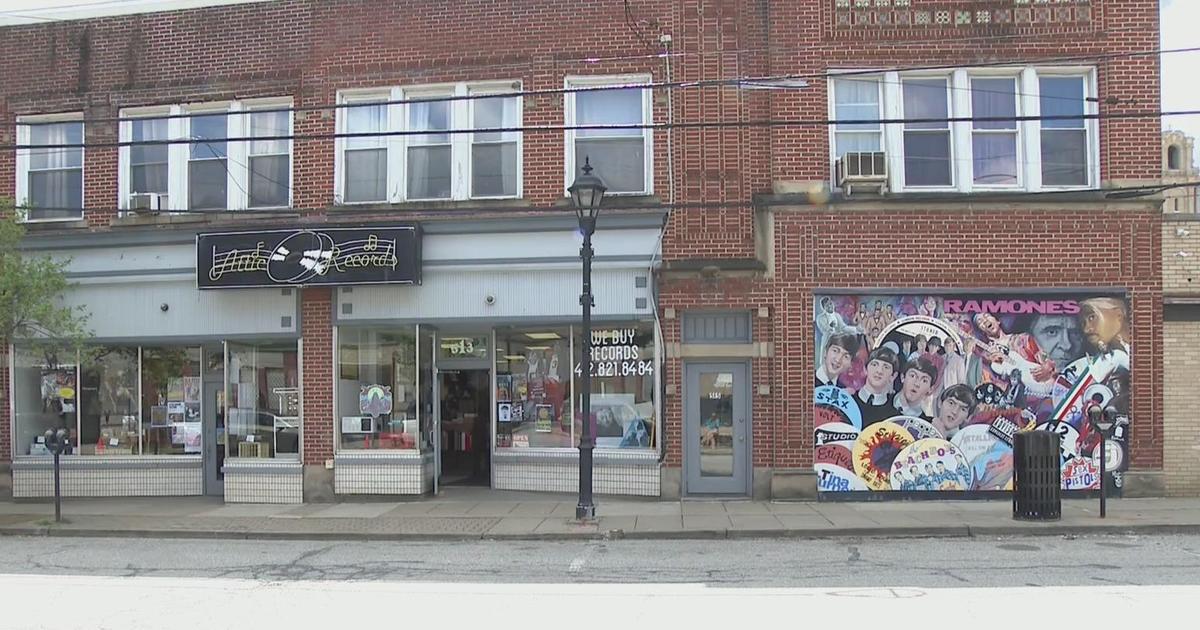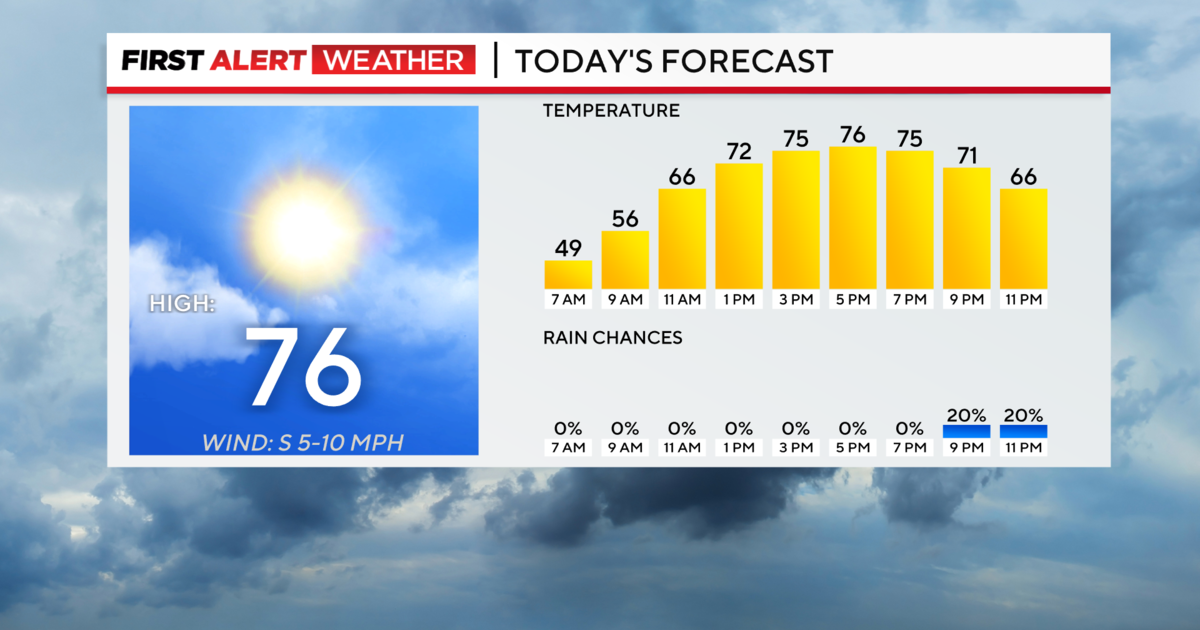Hey Ray! What Causes The Different Phases Of The Moon
PITTSBURGH (KDKA) -- The Moon is neat to watch because it has several different looks during its 27 day cycle. It sometimes looks like a fingernail. Other times it looks like half of a pie, and other times it is a bright, shiny disk in the sky.
So, how does this one moon have so many different "looks"?
First things first, the Moon does not produce its own light. Actually, there is only one source of light in the solar system, and that is the Sun!
The Sun lights up a different part of the Moon each night of the Moon's cycle. The part of the moon we see from Earth depends on the Moon's position, and the different positions give us eight, different Moon phases.
The first one is the "New Moon". You can't see the Moon in this phase, because the sun is lighting up what we could consider the back of the Moon, so the dark side is facing Earth.
When the illuminated part of the moon is expanding, we call that "Waxing". As the light expands and starts to show the Moon to us on Earth, we call that the "Waxing Crescent". This happens as the Moon just starts to round the corner around Earth.
Next up is the "First Quarter Moon". This is when half of the disk is lit. In relation to the Sun, this is when the Moon is next to Earth.
The next phase is the "Waxing Gibbous". This is when the moon is pretty much three quarters illuminated.
When the Earth is located between the Sun and the Moon, this is when we see the full disk or the the "Full Moon."
From there, we reverse there, the process seems reversed, as the Moon continues its orbit around Earth.
When the lighted surface of the moon is shrinking, we call that "waning", and that takes us to the the next phase, the "Waning Gibbous". From there, we see the "Last Quarter Moon", then the "Waning Crescent Moon". After that, we start the whole 27 day cycle again with the "New Moon!"
The Earth is not casting a shadow on the Moon during these different phases. When Earth casts a shadow on the Moon, that is when we see an eclipse.
There is an easy way to see how this works, too. All you need is a dark room, a single light source and a sphere. In our experiment, we are using a Styrofoam ball on a stick.
The Styrofoam ball represents the Moon, the light represents the Sun, and the Earth is represented by your head.
Now, face the light source with the ball in front of your face.
As you turn counter-clockwise, you can see how the ball lights up like the eight, different Moon phases.
(Photo Credit: Ray Petelin)This is the easiest way to figure out the position of the Earth and Moon in relation to the sun during each phase.
To read more about Ray Petelin's other home science lessons, click here!
